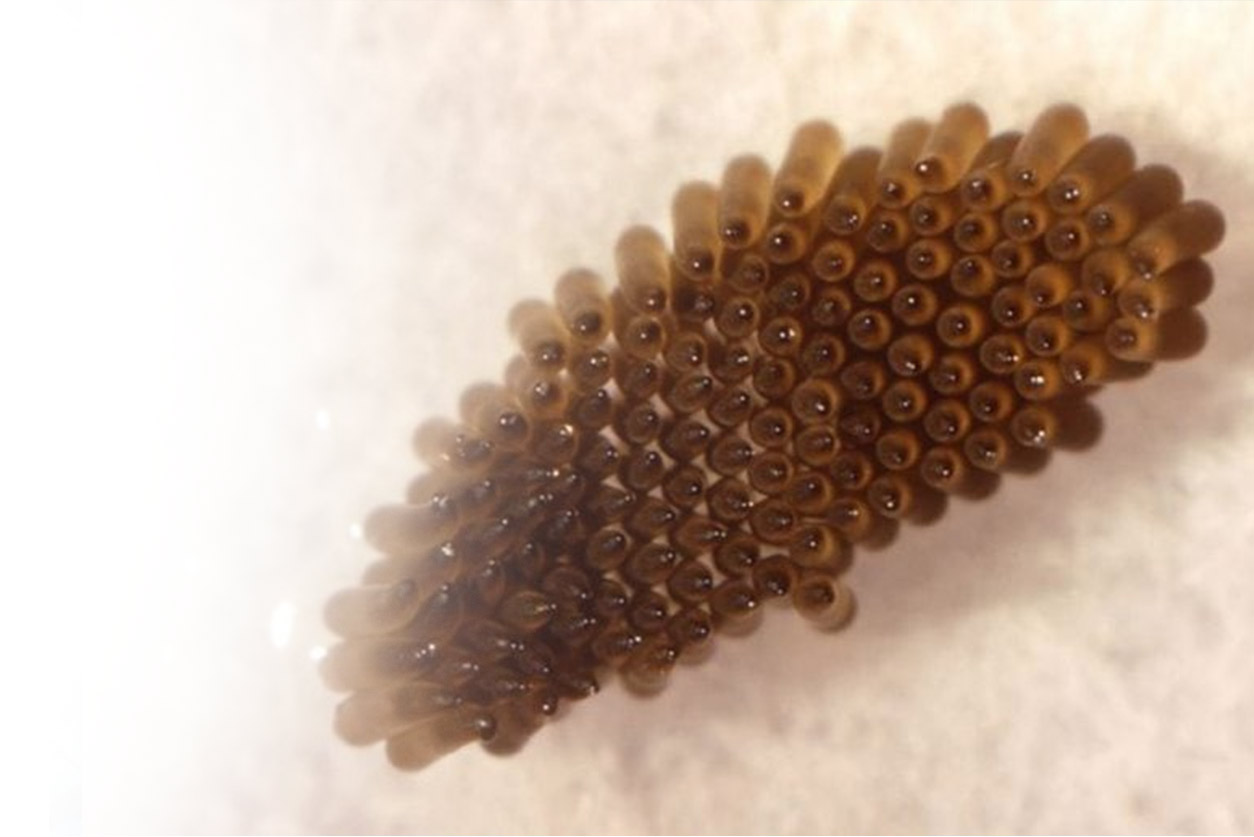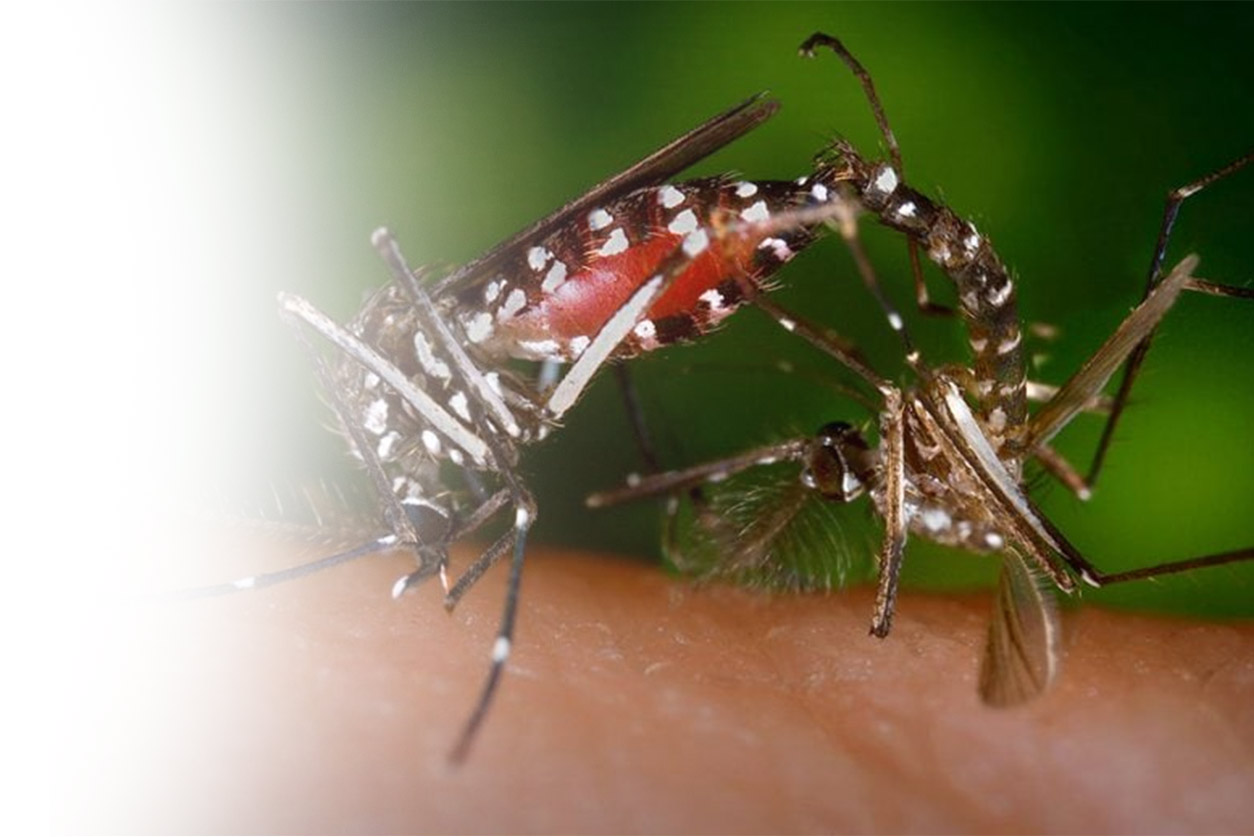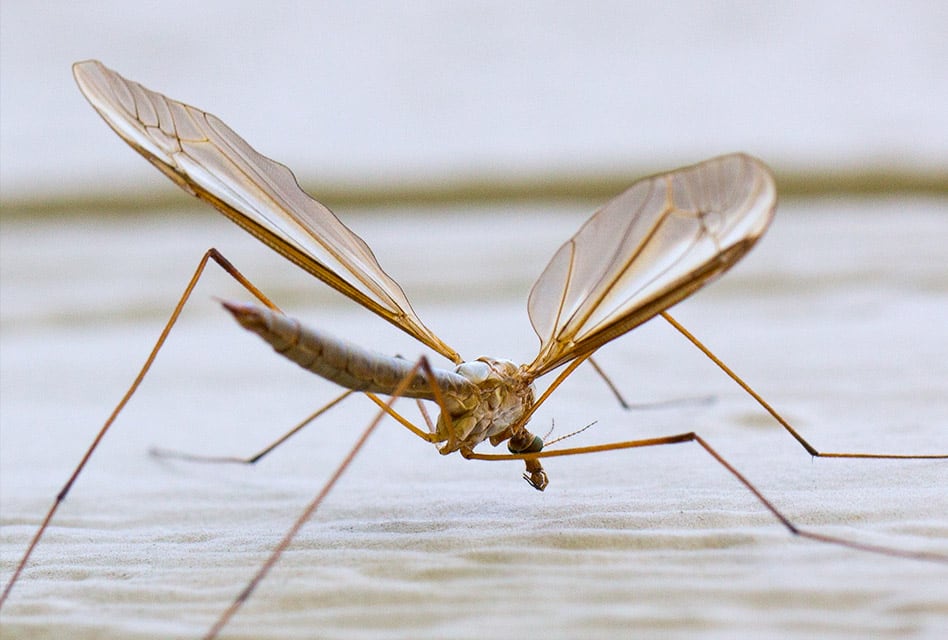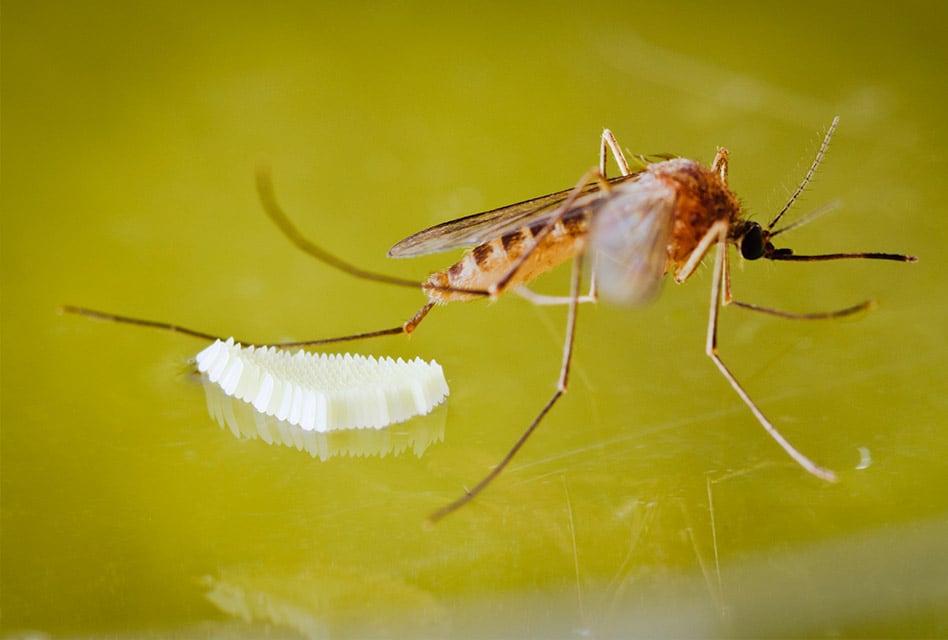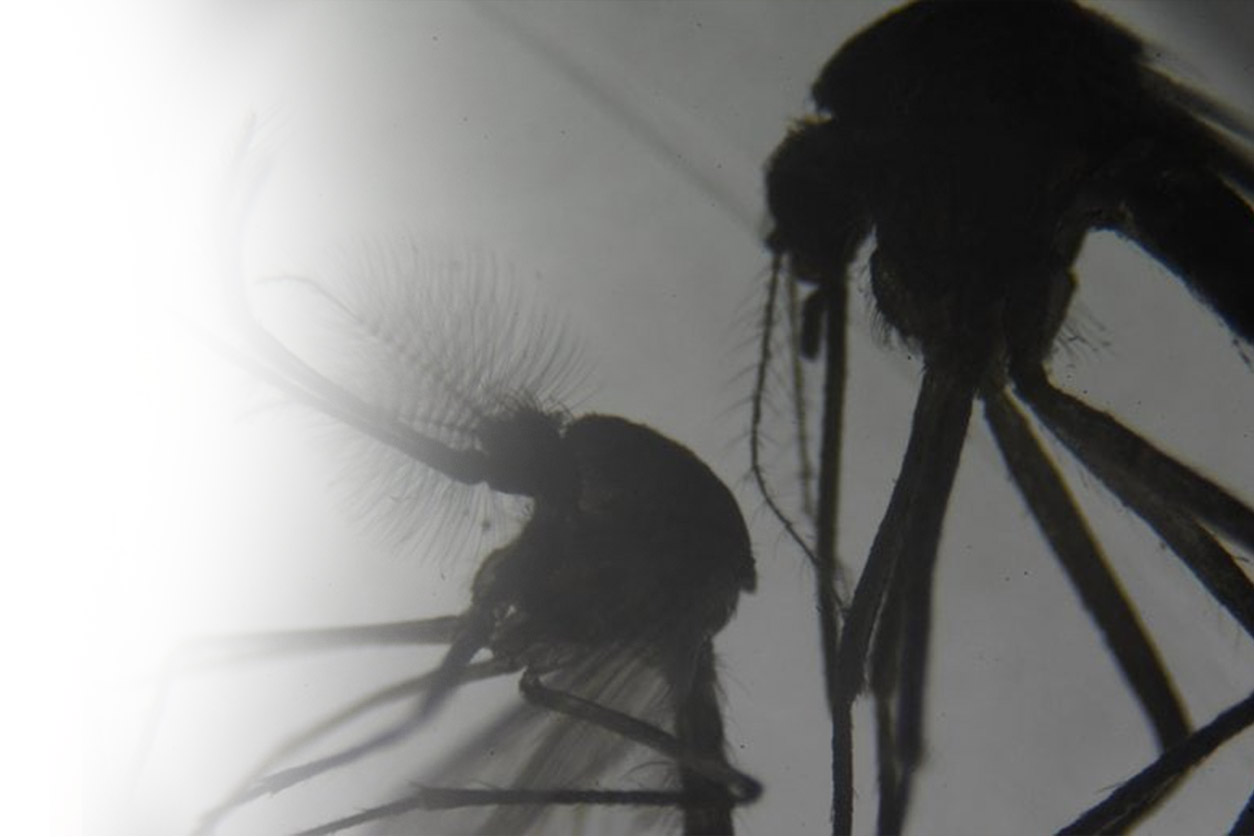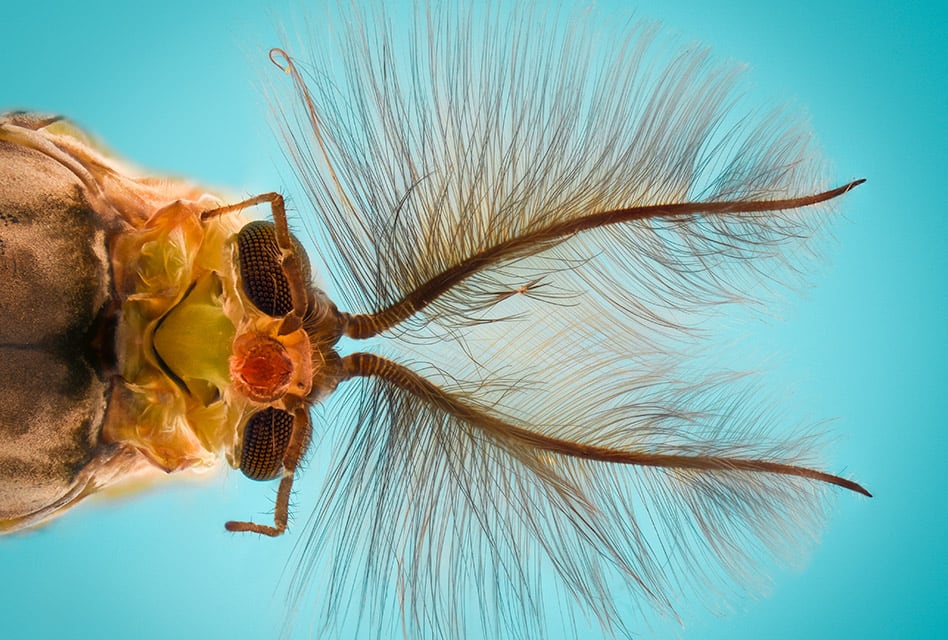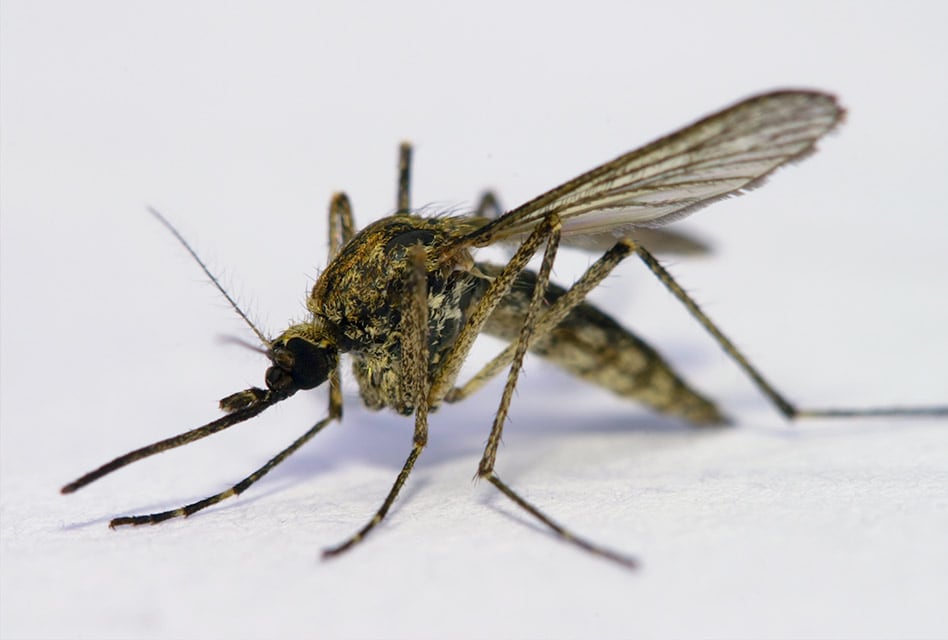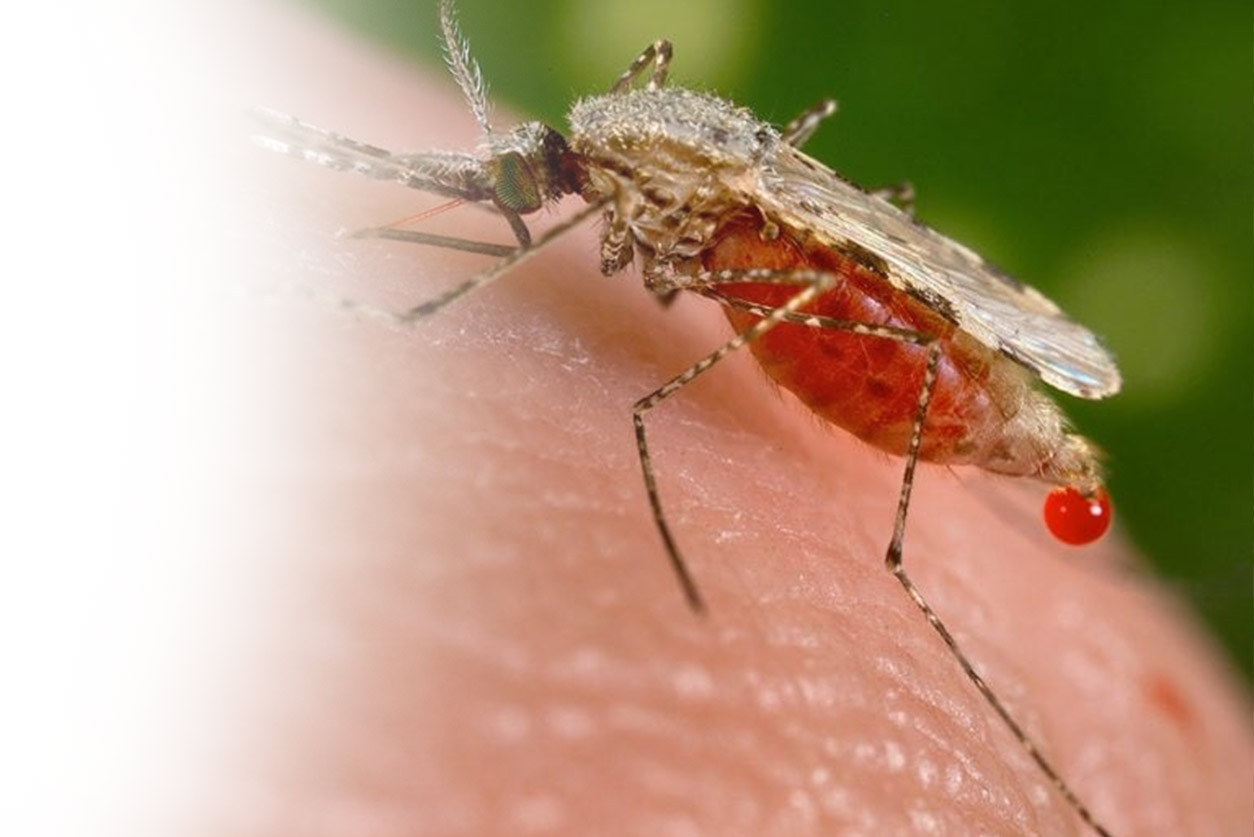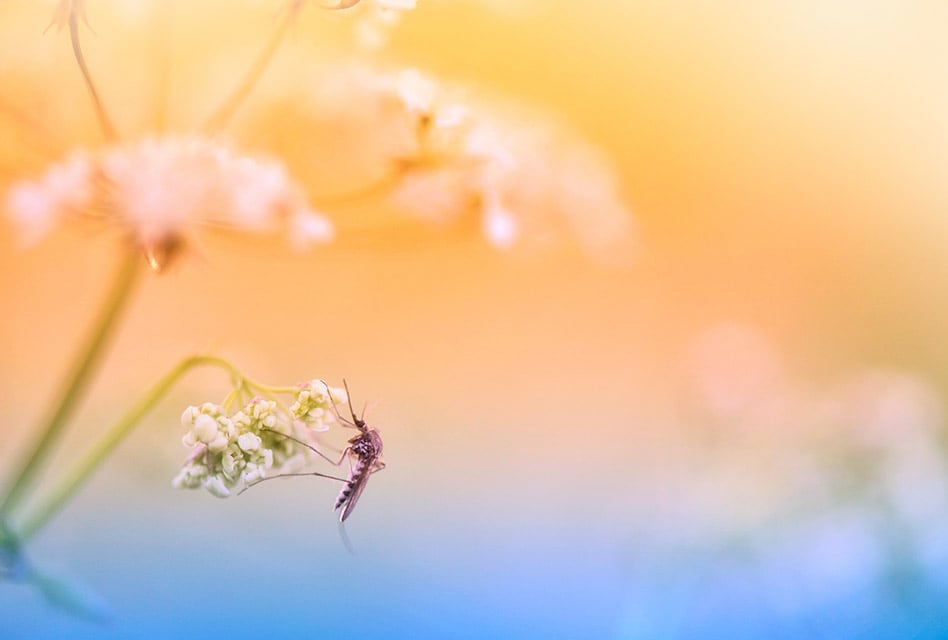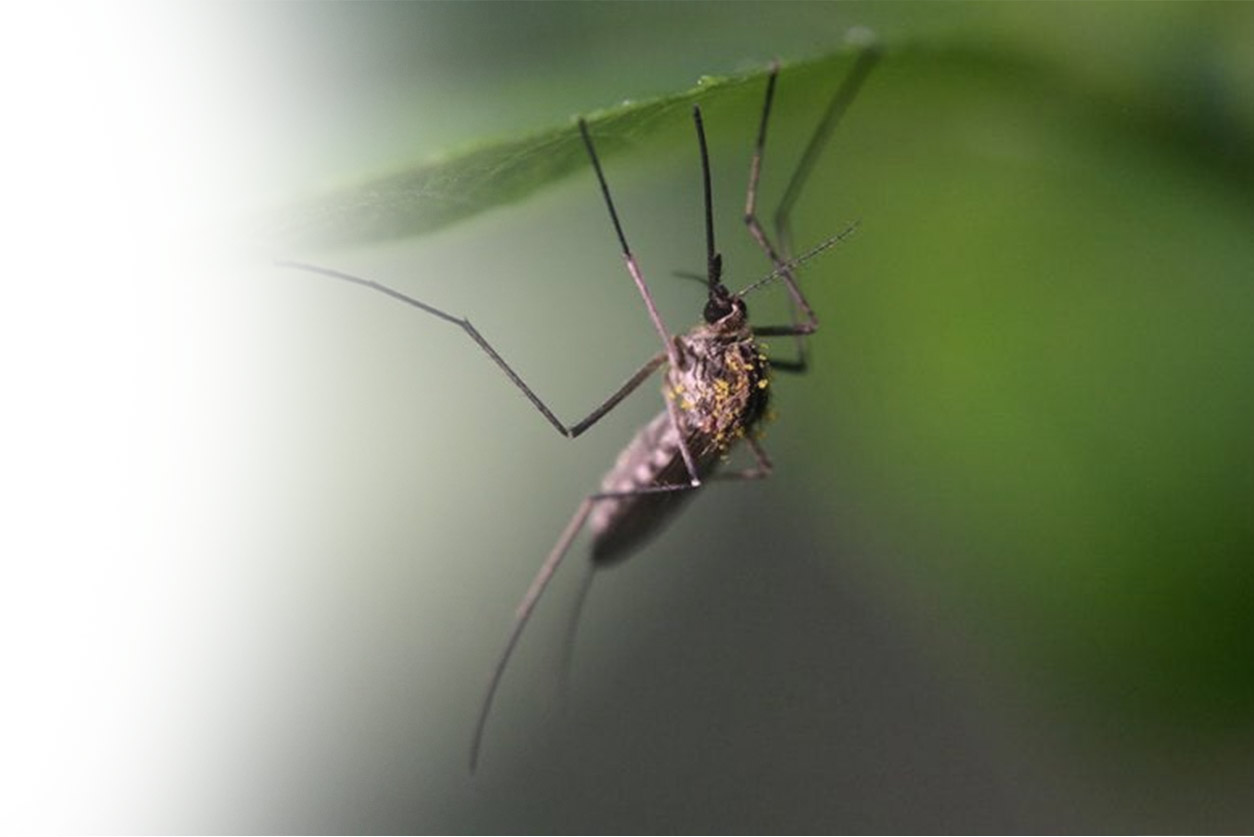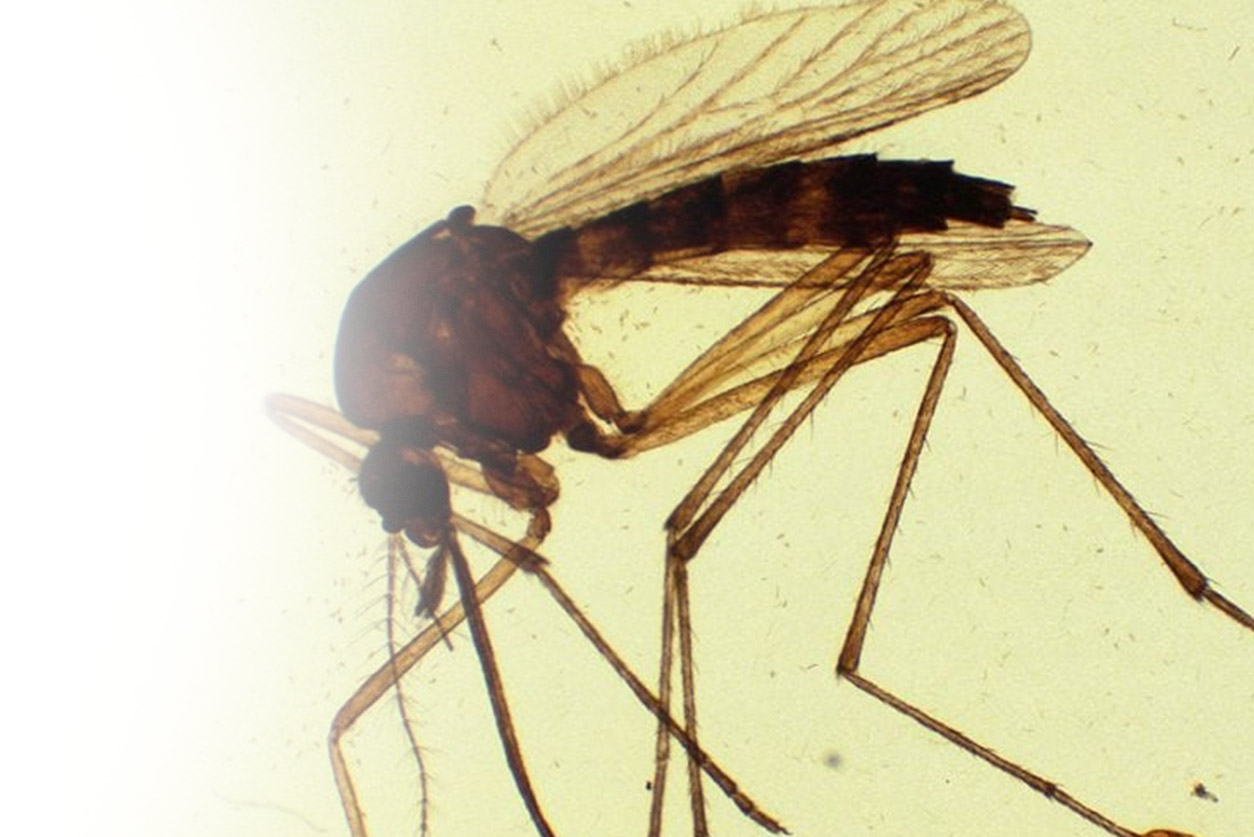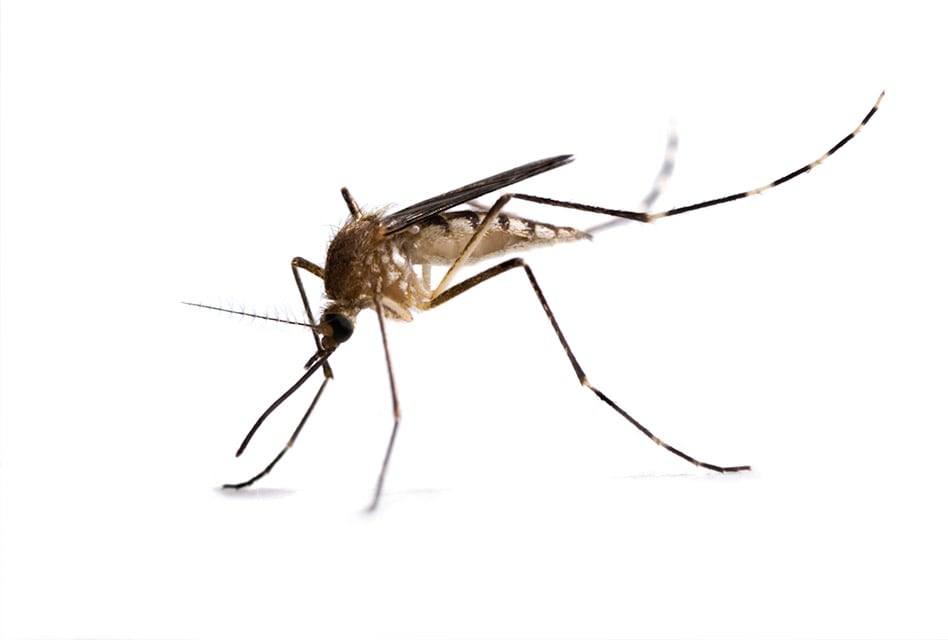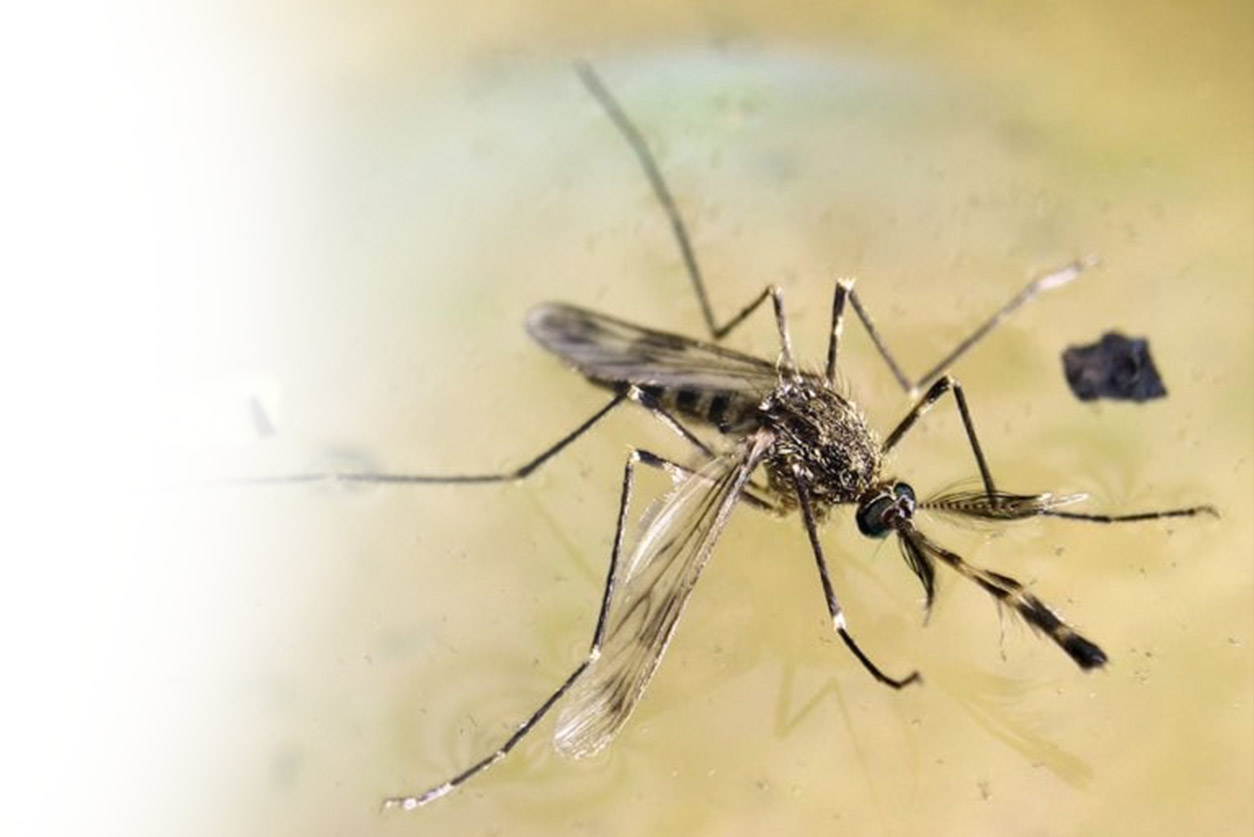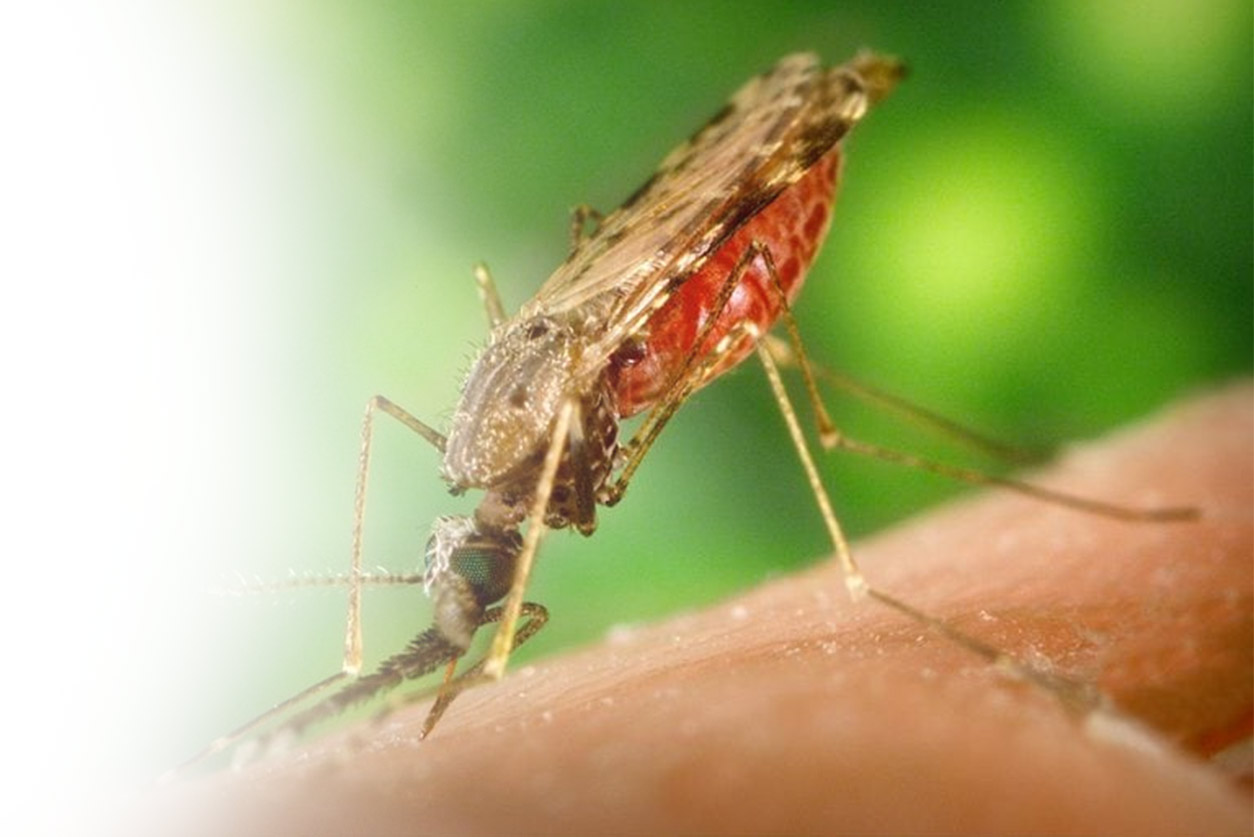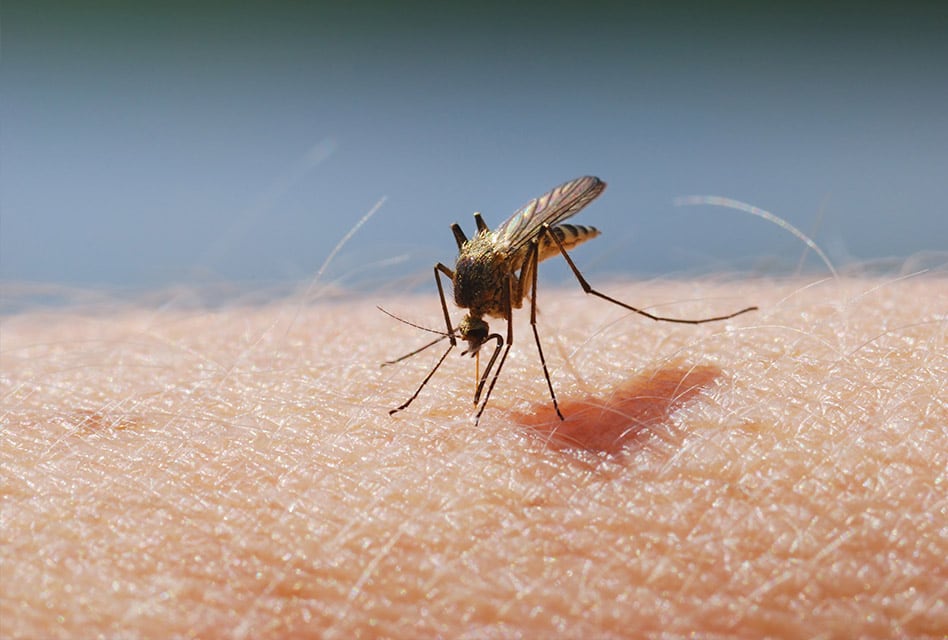So I Laid an Egg…
What you don’t know about the egg-laying behavior of mosquitoes might be very surprising to you. To begin with, mosquitoes obviously are very small creatures, and their eggs are microscopic. Because of this very important fact, mosquitoes can lay their eggs almost anywhere water is present. If you have noticed that the mosquito population appears to increase about a week after a heavy rain, this is why. The next generation of mosquitoes could come from eggs laid in leaves, in grass, in streams and rivers, and even in old coffee tins or jars.
What is also surprising is that even though mosquitoes usually have a life expectancy of just a few weeks, the mosquito population is very resilient because of the female’s ability to lay hundreds of eggs at a time. Even more shocking is the fact that some mosquitoes in arctic areas even hibernate, thus increasing their life cycle to up to a year.
Understanding Mosquitoes is “Egg”cellent
In order to understand the reproductive habits of mosquitoes, you have got to understand the adaptations of the different species of this pest. For example, floodwater mosquitoes tend to gravitate to fluctuating rivers and lakes. They can lay eggs in large numbers, and because of their extensive flight range, can become a nuisance to individuals even a moderate distance away.
Snow-melt mosquitoes are able to flourish under the snow after a freezing rainfall in swampy woodlands. Mosquitoes can reproduce in salt-water marshes, in fields with mud puddles, in swamps, rice fields, ditches, and even in damp soil or in tree trunks. Because of the propensity of mosquitoes to breed in small containers where water is present, their population can easily spread over hundreds and even thousands of miles through the transportation capacities of human beings.
The mosquito egg-laying process, called ovipositon, can take on various forms. Many species will commence oviposition directly on a body of water, and the eggs will form a “raft”. The eggs will align to create surface tension, allowing the egg “raft” to stay in place. Other species will be attracted to certain areas that have rich plant life, as their eggs have a method of “extracting or siphoning” the needed oxygen for their aquatic environment from the available plant life.
These are just but a few of the natural methods used to ensure the survival of eggs, larvae, and pupae of many species of mosquitoes.
Don’t “Egg” Mosquitoes On
Since mosquitoes are so easily adaptable within such minute aquatic settings, it can be a fairly daunting challenge to determine just how to avoid the proliferation of these insects. Although its difficult, prevention of mosquitoes is not impossible.
Most individuals realize that avoiding mosquitoes begins with the removal of standing water. Removing standing water in birdbaths, flower pots, old boxes, and other areas is an important first step. However, how does one get rid of standing water within holes in the ground or in trees? One trick that many have used would be to spread cooking oil all over the area, because females will avoid it and will not lay eggs in it.
Ensure that all areas with permanent standing water, such as pools or dog water dishes, are managed well. Pools need to be adequately filled with chlorine, and a pool cover needs to utilized often. Water dishes in dog bowls should not be allowed to stagnate; they should be changed daily not just for the avoidance of mosquitoes but also for the health of your dog.
Because some mosquitoes can reproduce under brush and in pockets of water under the grass, ensure that your yard is well-maintained and well-landscaped. By removing the habitat for mosquito reproduction, you will be able to ensure a safe environment with a lower amount of mosquitoes and avoid over-use of repellant, as well.
